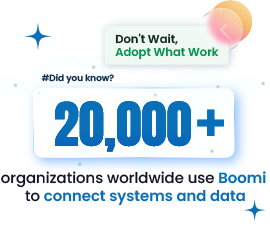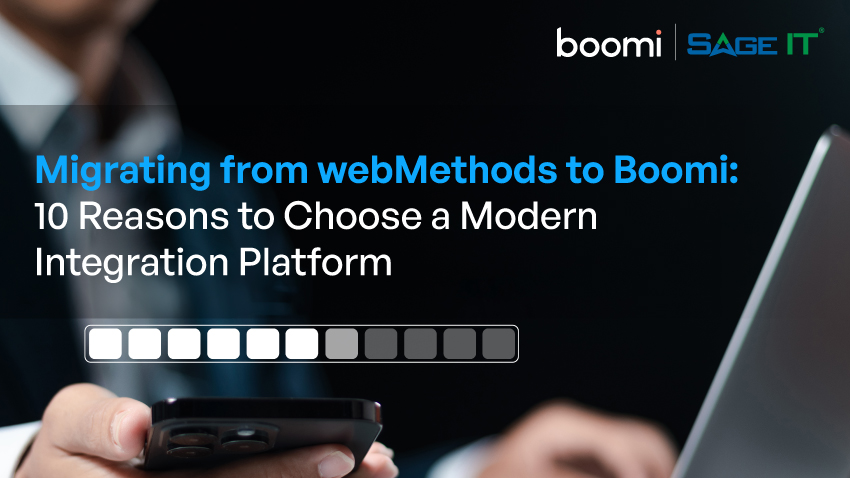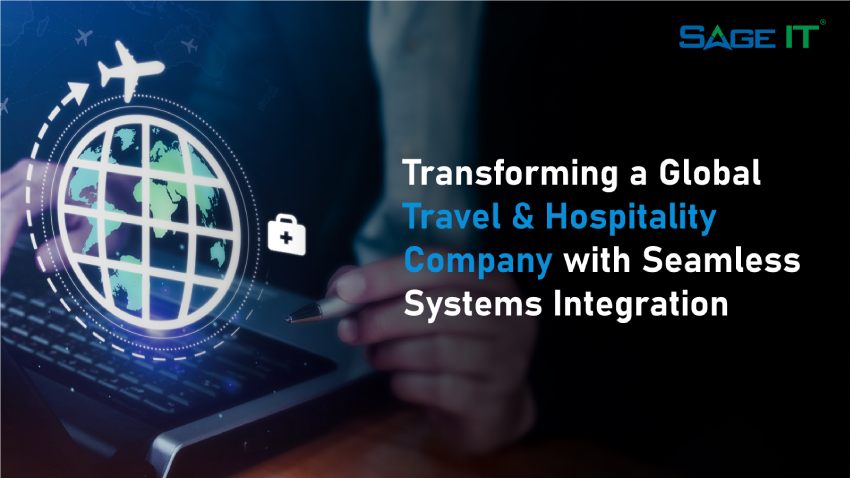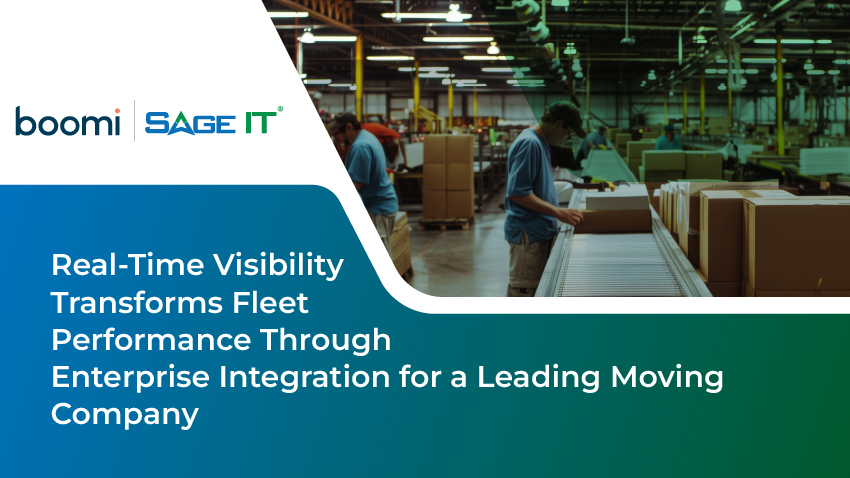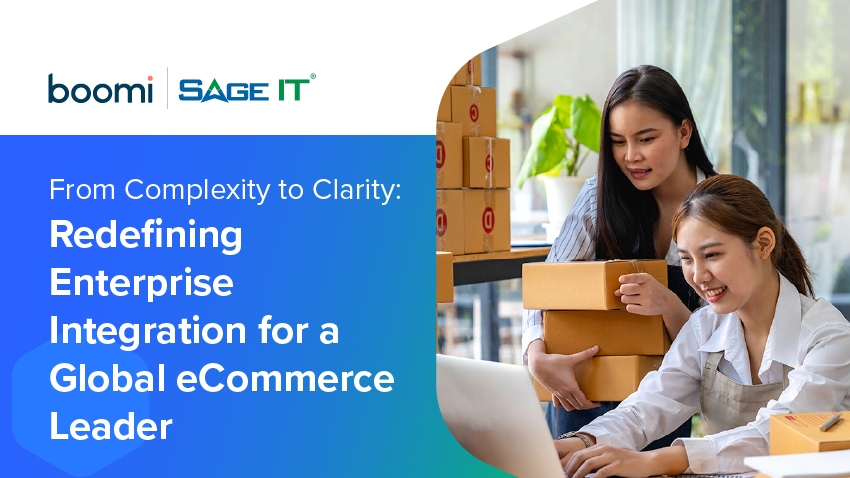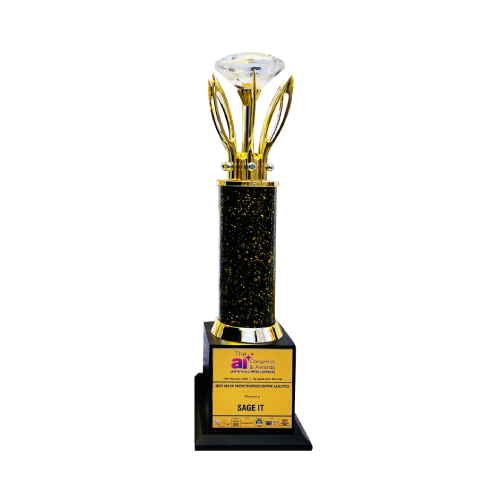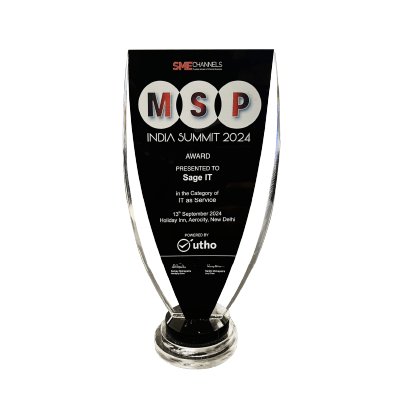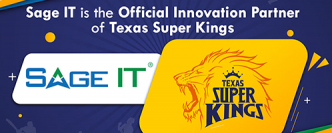“Old SAP systems create roadblocks to growth, limiting flexibility and slowing processes that modern businesses rely on to stay competitive.
Shifts toward cloud technologies and changing business landscapes demand systems that adapt. Sticking to legacy infrastructure adds complexity and delays, leaving businesses behind as competitors adopt new tools. Integrating modern SAP environments with advanced data systems enables faster decision-making and improved processes.
This guide addresses challenges and provides a clear path for modernizing SAP systems. It offers clear insights into overcoming barriers, guiding you through the steps needed for the modernization process.
What Does SAP Modernization Involve?
SAP modernization involves upgrading and adjusting current SAP systems to meet present-day business needs. This process focuses on improving system capabilities, data handling, and overall integration with other platforms. The aim is to shift from older setups to environments that offer more flexibility and scalability, all while maintaining strong data practices.
1. Infrastructure
Transitioning infrastructure from traditional setups to cloud or hybrid environments shifts how businesses handle SAP systems. Cloud-based options offer flexibility, reduced hardware costs, and better resource management. Hybrid solutions combine on-prem and cloud, maintaining sensitive data on-prem while utilizing cloud services for other operations.
A hybrid model offers a smoother transition while preserving existing investments.
2. Data Management
The modernization of SAP impacts data storage and control by bringing in new approaches for organizing and safeguarding information. Centralizing data through cloud systems simplifies control measures and allows for better data management across various teams, reducing redundancies and improving overall accuracy.
Centralized data systems help remove information silos and align data between teams.
3. Automation and Integration
Automation replaces time-consuming manual tasks, offering faster and more accurate processing. Solutions like Robotic Process Automation (RPA) can handle repetitive jobs, while integration platforms like Boomi connect SAP to other business applications, creating smoother workflows across systems.
Automation reduces manual errors, and integration platforms connect all business-critical systems.
Comparing Cloud vs. On-Prem vs. Hybrid
| Category | Cloud | On-Premises | Hybrid |
|---|---|---|---|
| Scalability | Highly adaptable | Fixed capacity | Balances both |
| Cost | Subscription-based, low initial costs | High setup cost, hardware expenses | Moderate initial spending, flexible |
| Security | Managed by cloud provider | Managed internally | Custom control for sensitive data |
| Maintenance | Managed by vendor | In-house team | Shared responsibilitie |
The Five Pillars of SAP Modernization Success
Pillar 1: Managing Change
It’s frustrating when your team resists changes that would make their work easier. When decisions are made in isolation, it’s natural for teams to push back, questioning why these changes are necessary. You’ve likely been there—hearing complaints about system updates, missing features, or just general confusion about new workflows. Bringing them into the process early ensures they feel part of the transition, rather than something happening to them. Involving stakeholders at the start prevents the last-minute panic, saves time, and builds trust. Without buy-in, even the best modernization efforts stall.
Common Issues
Teams resisting new systems or workflows.
Difficulty in communicating the value of modernization across departments.
Last-minute issues arising because key stakeholders weren’t consulted.
Pillar 2: Evaluating Legacy Systems
Sifting through old systems, you’re bound to come across tools that might seem indispensable—ones that teams have grown attached to. But deep down, you know they’re costing time and money to maintain. Some systems serve no real purpose anymore or simply don’t integrate with newer technologies. Keeping a legacy system out of habit often leads to inefficiencies and unnecessary spending. Evaluating these tools might seem tedious, but keeping what’s working and cutting what isn’t saves endless troubleshooting down the line.
Common Issues
Uncertainty over whether legacy systems still add value.
Increased maintenance costs from outdated infrastructure.
Struggling to integrate older systems with newer technologies.
Pillar 3: Automating Processes
Manual processes are everywhere—from simple data entry to complex approvals—and they slow everything down. You’ve probably seen this firsthand: processes requiring constant human intervention, causing bottlenecks and unnecessary delays. There’s that nagging feeling that these repetitive tasks could be handled by automation, but manual work has always been the norm. By automating these processes, you free up valuable time for your team. Automation reduces errors and makes workflows far more reliable. The less time spent on repetitive tasks, the more focus can go toward strategic goals.
Common Issues
Bottlenecks caused by manual workflows.
Human errors creeping into repetitive tasks like data entry.
Teams spending time on low-value work that could easily be automated.
Pillar 4: Vendor Integration
Handling vendors manually often results in errors or delays in communication. There’s always an invoice that’s misplaced or a vendor delivery that didn’t match the order. These inefficiencies build up, dragging down productivity. Modern SAP systems can streamline this interaction, integrating your vendors directly into your system, removing the need for constant manual updates. With better data flow between your system and theirs, you gain more control and can spot issues before they become problems.
Common Issues
Delays in vendor communication due to manual data entry.
Missing or incorrect orders due to poor integration.
Difficulty managing multiple vendor relationships effectively.
Pillar 5: Data and Compliance
You know the risks associated with poor data management, but the reality is, it’s hard to keep everything in check when the systems aren’t talking to each other. Regulatory requirements are ever-changing, and without the right tools, it feels like you’re constantly chasing your tail, trying to ensure compliance. Maintaining data accuracy and keeping up with audits can become a nightmare, especially when everything is siloed. A clear data governance strategy—where compliance is built into the system—makes all the difference, keeping you ahead of any potential risks.
Common Issues
Difficulty maintaining data accuracy across multiple systems.
Fear of failing audits due to poor data management.
Constantly trying to keep up with changing regulatory requirements.
Integration Tools for SAP Modernization
When looking to modernize your SAP systems, one thing stands clear, a seamless connection between your ERP and other business-critical platforms is non-negotiable. Integration tools serve as the backbone of this process, connecting various systems into one cohesive operation. Without a flexible tool that can communicate with your entire ecosystem, achieving this level of connectivity feels out of reach.
Now, what’s the best route? Agnostic connectivity is key to this puzzle, and that’s where the right integration platform plays a central role.
The Importance of Agnostic Connectivity
Agnostic connectivity means freedom from platform restrictions—it allows your SAP system to seamlessly interact with third-party tools without being locked into a single environment. Whether working with on-premises data or cloud solutions, agnostic connectivity makes it possible to move data freely across systems, breaking down silos that limit operational growth.
Boomi’s Role in Simplifying Integration
Boomi’s low-code platform removes the technical roadblocks that typically complicate SAP modernization. By using pre-built connectors, Boomi integrates SAP with other critical systems—whether it’s Salesforce, AWS, or legacy tools. These connectors automate workflows and synchronize data in real-time, without the need for custom coding or complex middleware. This translates to faster implementations and fewer interruptions to daily operations.
Boomi’s platform handles data mapping, error handling, and security protocols, keeping your information consistent and secure across all systems.
Comparison: Boomi vs. Traditional Integration Solutions
| Feature | Boomi Low-Code Platform | Traditional Integration |
|---|---|---|
| Ease of Use | Intuitive, low-code | Custom coding required |
| Implementation Time | Short, with pre-built connectors | Lengthy due to custom integrations |
| Flexibility | Supports cloud, on-prem, and hybrid environments | Limited by infrastructure |
| Maintenance | Automated updates and error handling | Manual fixes required |
Optimizing Data Governance and Compliance in SAP Modernization
Why Data Integrity is Crucial (Short Paragraph) Data integrity underpins every successful SAP modernization project. Poor data quality during migration leads to incorrect reporting, operational delays, and missed opportunities. Without accurate data, decision-making becomes faulty, impacting your business at every level. Maintaining the integrity of your data prevents bottlenecks and allows modernization efforts to progress without disruptions.
Boomi’s Data Governance Features
Boomi offers built-in tools that address data lineage, security, and compliance:
Data Lineage: Tracks the origin and journey of your data across integrated systems.
Security Protocols: Encrypts sensitive information, securing it from unauthorized access.
Compliance Features: Fulfills industry-specific compliance, such as GDPR and HIPAA, ensuring alignment with strict regulatory standards.
Data Consistency Rules: Standardizes data across platforms, eliminating discrepancies during integration.
Compliance Checklist
Automating Workflows for Better Productivity
Identifying Processes for Automation
Manual tasks requiring repetitive actions and minimal decision-making. Common examples include data entry, routine approvals, and reporting. Pinpointing such processes makes them ideal candidates for automation.
How RPA Fits into SAP Modernization
Robotic Process Automation (RPA) offers a way to handle tasks that would otherwise require continuous manual effort. It manages actions like processing invoices, transferring data, and managing routine administrative workflows. This approach helps eliminate inefficiencies, improves accuracy, and supports a more productive SAP environment.
Vendor and Partner Integration
Why Vendor Integration Matters
Integrating vendors and partners into your SAP system shapes the core of improving business operations. Without smooth data exchange between your business and external partners, operational delays often surface, disrupting workflows and leading to inefficiencies. Vendor integration brings all parties onto the same page, allowing quick adjustments and reliable data communication across key areas like procurement and logistics.
Using EDI and iPaaS for Vendor Integration
Boomi’s iPaaS and EDI solutions simplify vendor integration by creating automated pathways for communication. iPaaS connects SAP with external vendors, maintaining uninterrupted data flow. EDI supports the exchange of important documents like invoices and purchase orders between systems. These tools help reduce manual input, lower error rates, and keep essential processes moving smoothly, improving overall operations.
Conclusion
You’ve seen how outdated SAP systems can limit growth, disrupt workflows, and reduce flexibility. Modernizing SAP transforms how your business handles data, integration, and automation. The right tools simplify these changes, allowing smoother vendor interactions, streamlined processes, and secure data management.
Boomi provides a solution that simplifies integration and improves workflows. To see the impact firsthand, schedule a consultation with our Boomi consulting partner.

